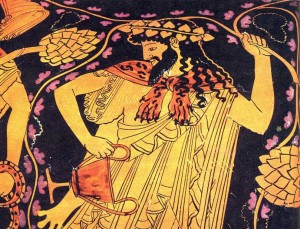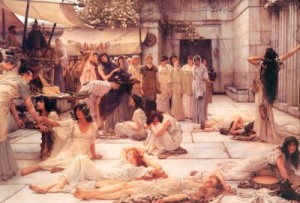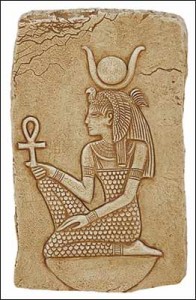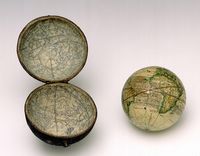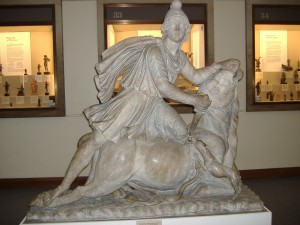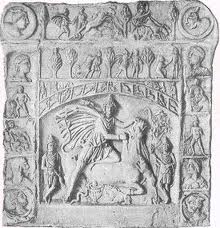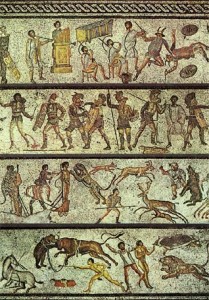Click here for direct link to audio Episode #19. 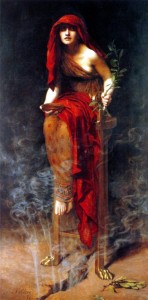
Click here for previous episodes.
The very mention sends classicists into ecstasy! Reverence. Devotion. And lots of fun! Travelling great distances—getting your fortune told—checking out the Pythia on her little stool—maybe enjoying the Delphic games—even taking a plunge in the Delphic swimming pool!
At the time of Pliny the Elder, there were as many as 3,000 statues on the grounds and scores of specially-built treasuries by individual city-states to hold the vast and assorted offerings (read:TREASURE!!!). But plunder over the centuries reduced Delphi to ruins. In fact, it was said that the mad Roman emperor Nero had 500 bronze statues carried off! Those Romans—you can dress them up, but you can’t take them out! The painting to the right is by the Pre-Raphaelite painter John Collier and depicts the Pythia, in her romanticized younger self. In reality, the Pythia was an older woman of wisdom especially chosen for having led a “blameless life”.
Special thanks to my friend Sydney, for letting me know that there is a beer called Pliny the Elder! Northern California’s Russian River Brewing Company brews it yearlong, while once a year, for a very limited time, they make Pliny the Younger available! The elder Pliny died in the fiery aftermath of the eruption of Mt. Vesuvius. His nephew, the younger Pliny, let us know all the details, as he was a writer. Cool stuff, too! Very readable.
Enjoy today’s episode on the oracle at Delphi!

